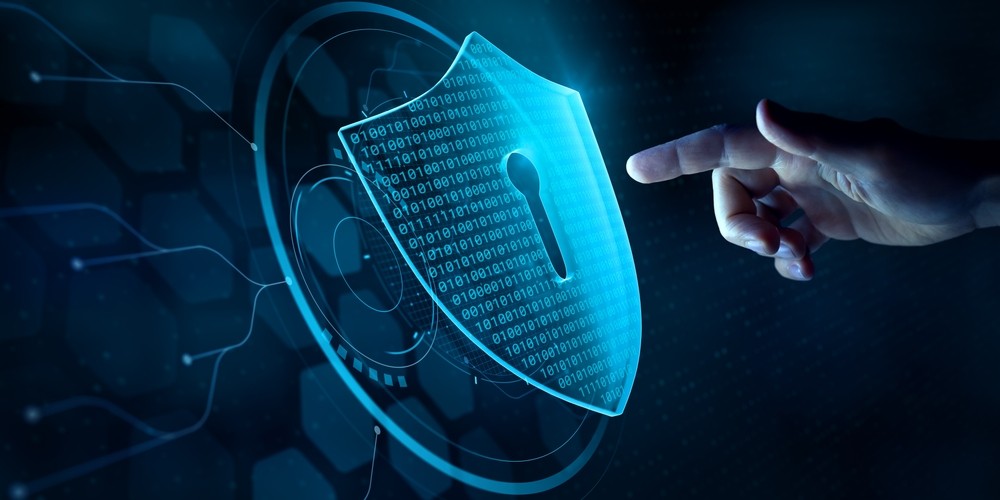The digital world demands organisations to harness new technologies while defending against sophisticated cyber threats. Innovation offers growth prospects but also introduces vulnerabilities, making cyber resilience essential. Unlike traditional cybersecurity, which prioritizes defense, cyber resilience focuses on an organization’s ability to endure, recover, and adapt after cyber incidents. Technologies like Artificial intelligence, Machine learning, blockchain, and quantum computing are revolutionizing industries but also bring new risks. Thus, achieving cyber resilience requires an adaptive strategy that evolves with technological progress.
Balancing opportunity and risk
New technologies like AI and ML can enhance cybersecurity by quickly processing data to detect real-time threats, allowing faster responses and reducing cyber incident impacts. However, these technologies also enable more advanced attacks by cybercriminals, such as automated phishing, deep fakes, and adaptive malware. This dual challenge requires organizations to use AI for defense while managing its risks. Blockchain, celebrated for its decentralized and transparent nature, promises secure transactions and data sharing. However, it remains susceptible to flaws in smart contracts and other elements, necessitating continuous monitoring and strict security protocols to be effective.
Quantum computing, although nascent, threatens current encryption methods with its computational power, potentially breaking today’s encryption algorithms. OrganiSations are therefore exploring quantum-resistant cryptography to prepare for disruptions in conventional data security.
Developing a resilient cyber strategy
Businesses need to embrace a proactive and flexible approach to cybersecurity. Cyber resilience involves not only implementing current technologies but also ensuring that defense mechanisms adapt as threats evolve. Utilizing real-time monitoring powered by AI and ML helps organizations detect irregularities and react promptly to potential breaches. Keeping security protocols updated and addressing new vulnerabilities is crucial for staying ahead of attackers.
Human error continues to be a major factor in security incidents. Even the most advanced technology falls short if employees are not trained to identify potential threats. Conducting regular training and awareness sessions for employees is vital to reducing the risk of cyberattacks. Fostering a culture where employees are alert to cybersecurity can prevent common issues like phishing and social engineering attacks.
Having a well-defined incident response plan is another key aspect of cyber resilience. Recognizing that even robust defenses can’t thwart every attack, organizations must be ready to respond immediately when incidents occur. Establishing clear procedures for communication, data recovery, and system restoration can minimize disruptions and restore normal operations quickly. Regularly testing these plans ensures they are effective when emergencies arise.
Collaboration is equally important in enhancing cyber resilience. Since cyber threats often impact entire industries rather than just single entities, participating in industry-wide forums and sharing threat intelligence enables organiSations to anticipate emerging risks and benefit from shared experiences. This collective effort strengthens the overall defense strategies across various sectors.
Looking forward: Cyber resilience as an ongoing journey
As businesses depend more on digital technologies, cyber resilience is an ongoing process. Organizations need to stay alert and adapt their plans to meet technological progress and the evolving tactics of cyber threats.
Emerging tech will continue to transform cybersecurity. Yet, technology alone isn’t sufficient. Businesses must cultivate awareness, refresh defenses regularly, and engage with the cybersecurity community. This approach helps protect assets, ensure operations remain uninterrupted, and thrive in an increasingly connected world.
Cyber resilience involves not only defending against attacks but also building the capacity to recover, adapt, and prosper despite them. With the right mindset, tools, and strategies, organizations can secure their future in a swiftly changing digital environment.






